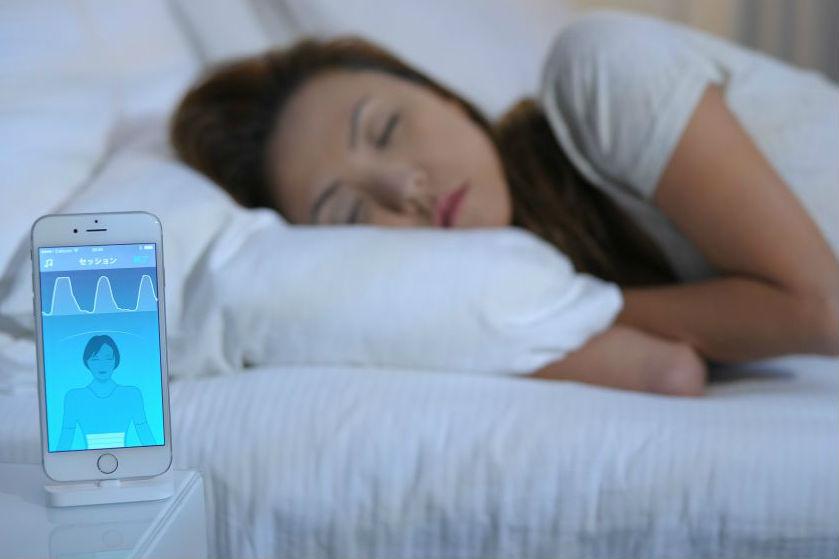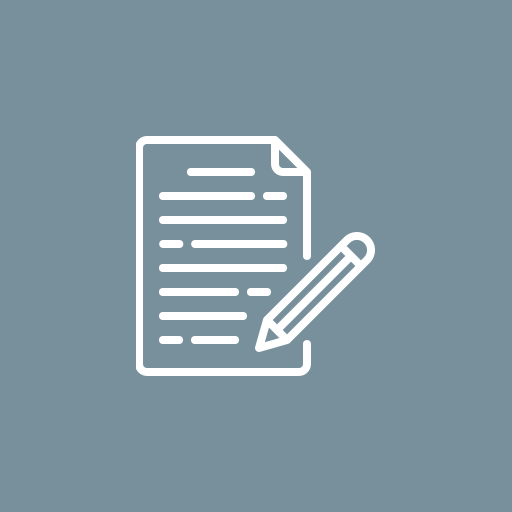Sponsored
How Advances in Sleep Tech are Revolutionizing Our Relationship with Rest

Understanding Modern Sleep Habits
One of the most impactful developments in recent years has been our growing awareness of the importance of sleep for overall health and well-being. Advances in wearable sleep trackers and biosensors have given us unprecedented insight into our nightly rest patterns. Data from fitness trackers and sleep apps indicate many people are consistently getting less than the recommended 7-9 hours per night. Busy lifestyles, late nights, and round-the-clock connectivity have disrupted our natural circadian rhythms.
Emerging sleep technologies aim to provide solutions to help optimize sleep quality and make up for deficits. By monitoring vital signs like heart rate, breathing patterns, and movement during slumber, these new devices can diagnose issues and offer targeted solutions. They give us a window into our sleeping selves that was never possible before. With their help, many are now taking a more proactive and personalized approach to better sleep.
Sleep Tech Devices These devices, such as white noise machines or sound therapy gadgets, produce calming sounds that aid in falling asleep by masking disruptive noises, helping users relax more effectively.
The Rise of Sleep Tracking Wearables
Fitbit laid the groundwork for the consumer sleep tracking category when it introduced sleep stages monitoring to its popular fitness bands and smartwatches in 2015. Since then, advanced sleep tracking has become a standard feature of most new fitness wearables. Models from Fitbit, Garmin, Oura Ring, and Polar analyze heart rate variability, respiratory rate, and movement to estimate time spent in light, deep, and REM sleep cycles each night.
Advanced algorithms provide daily sleep scores and insights. The data aggregation helps users spot patterns to improve their sleep hygiene. Newer devices like the Samsung Galaxy Watch 5 and Apple Watch Ultra take sleep tracking a step further by monitoring snoring and blood oxygen levels (SpO2) as well. The availability of inexpensive, comprehensive sleep trackers has given many an accessible gateway to better understanding their unique sleep needs and habits.
Rise of Dedicated Sleep Tech Devices
While wearables offer good basic sleep tracking, a new category of specialized sleep tech products aimed solely at monitoring and optimizing slumber has also emerged. Devices like the Somnex Sleep Robot, Dreem 2 headband, and Nightingale P360 monitor a wider range of biological signals during sleep for more nuanced data.
The Somnex uses sensors to track heart rate, breathing patterns, and movement. It analyzes this biometric data to determine a user’s sleep stages and quality throughout the night. The system adjusts environmental factors like temperature, sound, and light according to different stages to enhance the sleep experience. The Dreem 2 is a headband fitted with EEG, EOG and EMG electrodes that directly measure brain waves, eye movements, and muscle activity to identify sleep stages with a high degree of accuracy. It uses mild audio and visual stimulation optimized for each stage to help the wearer achieve restorative slumber.
Nightingale's product monitors heart rate, breathing patterns, snoring, ambient noise and room temperature/humidity. Its algorithm analyzes the data to generate a sleep quality score. The P360 smartphone app allows users to access sleep reports and personalized tips to address any issues identified like stress, inconsistent sleep schedules or subpar environmental conditions. All these dedicated devices provide much deeper insights that basic trackers cannot match. Their customized sleep solutions also have greater potential to significantly enhance sleep wellness over time.
Growth of the Sleep Technology Market
The strong consumer interest in sleep technology is evidenced by the booming market figures. The global sleep tech and wearables industry exceeded $30 billion in 2021 according to various estimates. It is projected to grow at over 15% annually and surpass $70 billion by 2028. North America currently accounts for over 35% market share due to high consumer spending power and health awareness. However, Asia Pacific is emerging as an important regional market with China becoming a major producer as well.
Several new products are expected in the coming years as more companies recognize the potential. Many startups are developing innovative devices and apps aimed at non-contact sleep monitoring, sleep apnea diagnosis, and insomnia treatment. Integration of AI/ML capabilities for highly personalized recommendations based on aggregated usage data could take sleep technology to the next level. Big tech giants and medical device firms are also entering the space through mergers, acquisitions or new product launches. As the category matures, adoption of sophisticated sleep solutions will likely increase across different age groups and geographies globally.
Future of the Field
While sleep tech has come a long way, further advances are still needed to fulfill its promise. Current consumer devices provide reasonably accurate sleep stage estimates but cannot match clinical-grade polysomnography. Improving the diagnostic abilities through non-contact monitoring remains an active area of R&D. Long-term use and data collection will help strengthen algorithms over time. Integrating sleep data with other health metrics from fitness trackers and smartwatches could yield novel insights down the line.
Wider physician adoption of consumer sleep tech for patient monitoring and insomnia treatment is another potential development. Demonstrating tangible impacts on conditions like obstructive sleep apnea through clinical trials will accelerate such adoption. Overall, as the industry matures with more robust evidence, sleep technology shows tremendous promise to transform our relationship with rest from being a passive activity to one we proactively optimize for overall wellness and performance. Continued innovations have the power to help significantly more people achieve their full sleep potential.
Get More Insights On – Sleep Tech Devices
Pick the language that you prefer -
About Author:
Ravina Pandya, Content Writer, has a strong foothold in the market research industry. She specializes in writing well-researched articles from different industries, including food and beverages, information and technology, healthcare, chemical and materials, etc.
(https://www.linkedin.com/in/ravina-pandya-1a3984191)



